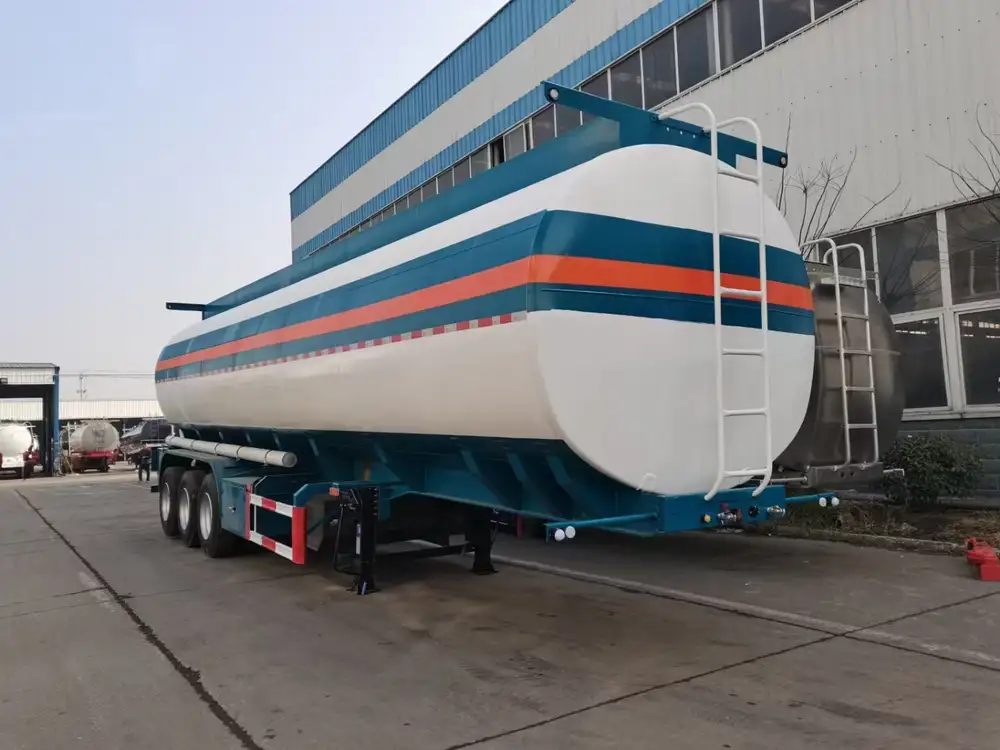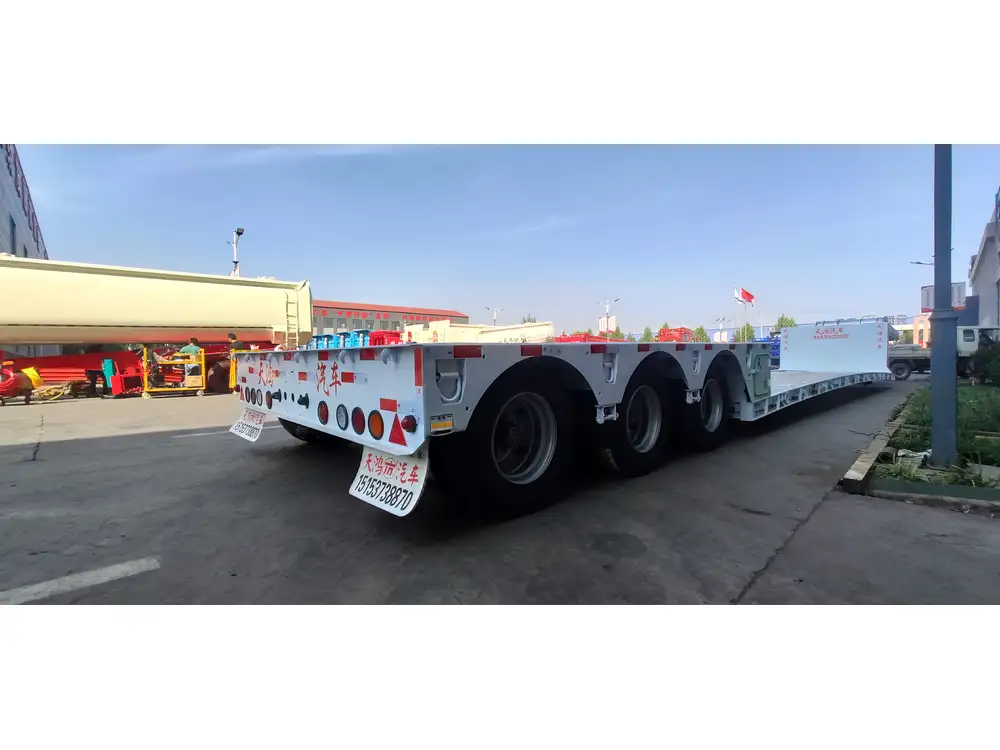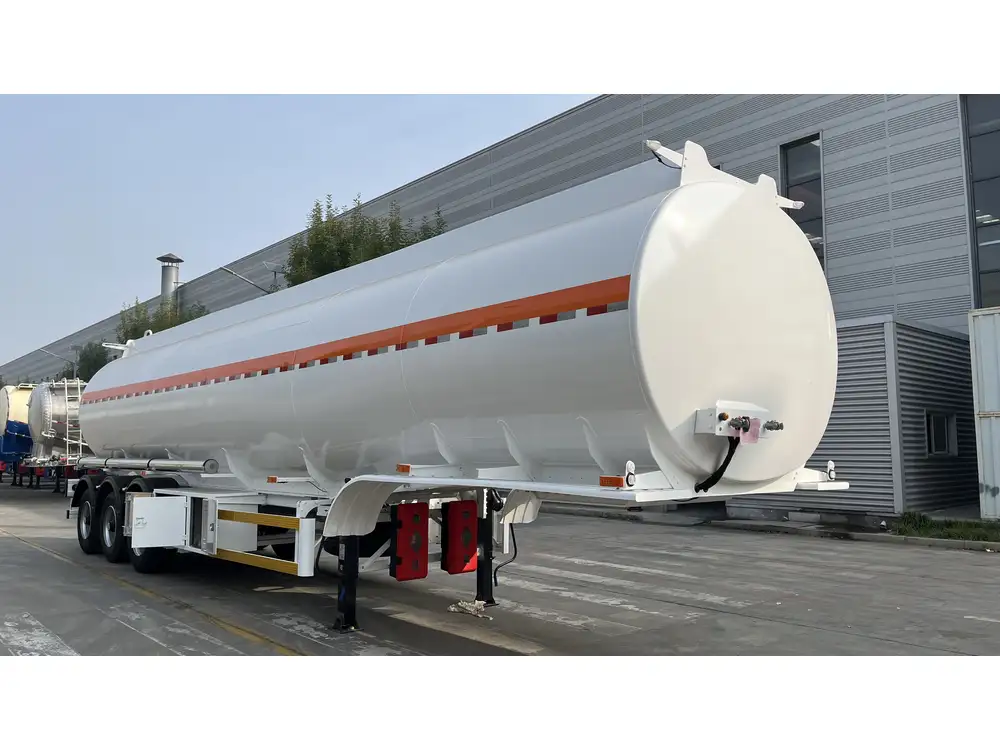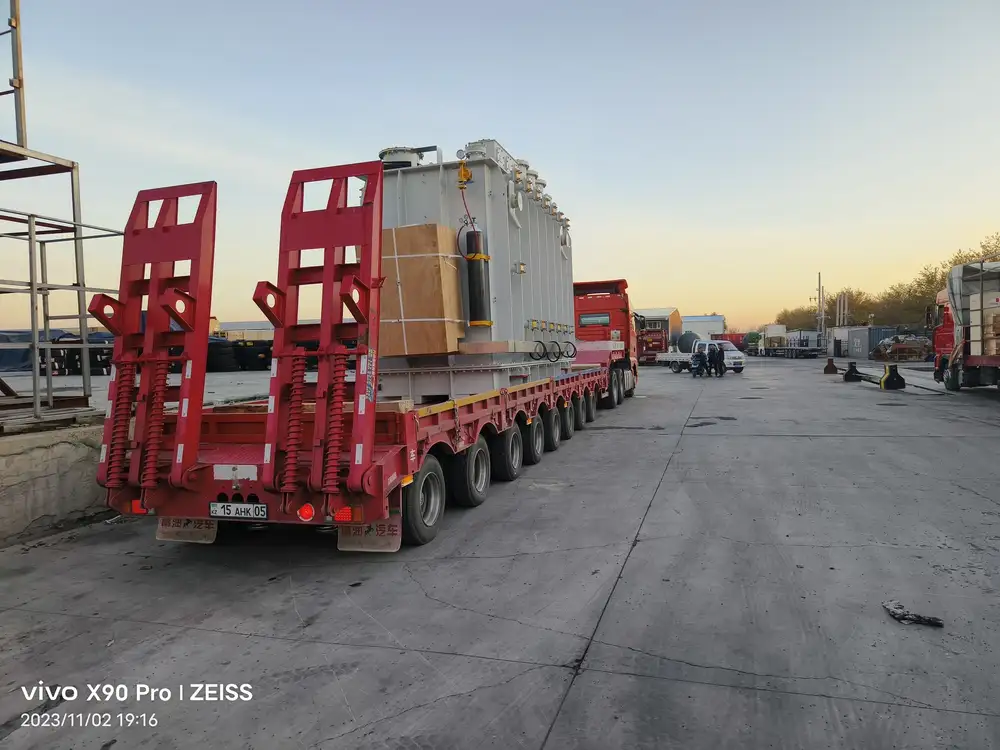Bottom dump trailers are essential assets in various sectors, particularly in construction, mining, and landscaping. Their unique operational dynamics make them invaluable for transporting granular materials like gravel, sand, and aggregates efficiently. In this article, we will dissect the weight metrics of bottom dump trailers, discuss the factors influencing their weight, compare different configurations, and help you understand what to consider when selecting a trailer perfectly suited to your needs.
What Is a Bottom Dump Trailer?
A bottom dump trailer, also referred to as a belly dump trailer, is a type of semi-trailer that discharges its payload from the bottom through a gate. This functionality allows for efficient unloading in a controlled manner, which is advantageous for placement in precise locations. Unlike traditional dump trailers that tilt to unload, bottom dump trailers can discharge their cargo in a much more manageable and gradual fashion.
Key Features of Bottom Dump Trailers
- Unloading Mechanism: The bottom dumping mechanism allows materials to be spread over a wide area without requiring precise maneuvering.
- Payload Capacity: Generally, bottom dump trailers can carry between 25,000 to 30,000 pounds of payload, depending on their design and specifications.
- Durability: Made from high-strength materials to withstand heavy loads and harsh working environments.
- Versatility: Suitable for various materials, including aggregates, asphalt, and even some liquids.

How Much Does a Bottom Dump Trailer Weigh?
In understanding bottom dump trailers, knowing their weight range is critical for any manufacturer or buyer. The weight of a bottom dump trailer typically ranges between 10,000 to 15,000 pounds when empty. The exact weight is contingent on several factors, including:
| Factor | Influence on Weight |
|---|---|
| Material Used | Aluminum trailers weigh less compared to steel trailers. |
| Size & Dimensions | Larger trailers have an increased weight due to more substantial frame and components. |
| Configuration | Single axle, tandem axle, or tri-axle – more axles generally mean more weight. |
| Accessories | Added features such as tarps, toolboxes, and additional suspension systems can increase overall weight. |
Weight Variants Based on Types
| Type | Weight Range | Payload Capacity |
|---|---|---|
| Single Axle | 10,000 – 12,000 lbs | Up to 25,000 lbs |
| Tandem Axle | 12,000 – 14,000 lbs | Up to 30,000 lbs |
| Tri-Axle | 14,000 – 15,000 lbs | Up to 34,000 lbs |
Load Distribution: An Essential Consideration
The distribution of the load is crucial for safety and equipment longevity. Overloading one side may lead to uneven wear or even structural failure. Each configuration offers different advantages. Tandem and tri-axle designs provide better weight distribution and enable higher payload capacities, making them more versatile for heavier jobs.

Factors Influencing the Weight of Bottom Dump Trailers
Understanding what influences the weight of a bottom dump trailer requires a deeper dive into its various components:
1. Material Composition
The choice between aluminum and steel fundamentally affects the total weight.
- Aluminum: Lightweight, resistant to corrosion, but generally more expensive. Its weight can lead to increased payload capacity.
- Steel: More robust and typically cheaper, but heavier, potentially reducing the net payload.
2. Construction and Design
The construction quality plays a significant role in determining how much the trailer weighs. Premium-grade materials and superior design features may add to the overall weight but ensure durability and longevity.

3. Suspension System
Bottom dump trailers come with various suspension setups:
- Spring Suspension: Simpler and heavier, suited for rugged terrains.
- Air Suspension: Lighter, offering improved ride quality and reduced wear on the trailer, but potentially adding mechanical components that contribute some weight.
4. Tire Specifications
The type and size of tires can also influence the weight of the trailer. High-capacity tires are heavier but allow for better load handling and road stability.
Comparing Bottom Dump Trailers with Other Types of Trailers
To fully appreciate the weight and functionality of bottom dump trailers, it’s insightful to compare them with other commonly used trailers.
| Trailer Type | Typical Weight | Advantages | Disadvantages |
|---|---|---|---|
| Bottom Dump | 10,000 – 15,000 lbs | Controlled unloading, versatile payload | Limited to granular materials |
| End Dump | 6,000 – 14,000 lbs | Faster unloading | Less precision; requires more space to maneuver |
| Side Dump | 12,000 – 15,000 lbs | Allows unloading on the side | May have stability issues when unloading |
| Flatbed | 5,000 – 12,000 lbs | Versatile for all types of freight | Limited in load coverage for bulk materials |

Conclusion: Choosing the Right Trailer Type
When choosing a bottom dump trailer, it’s vital to consider your specific organizational needs, including payload requirements, operational tasks, and the types of materials you will transport. Given their unique unloading capabilities, bottom dump trailers are quintessential for many scenarios despite potential limitations in material types.
Frequently Asked Questions (FAQs)
How can I ensure my bottom dump trailer is operating at optimal weight?
Routine inspections, adhering to load capacity guidelines, and distributing weight appropriately are key to maximizing performance and enhancing safety.

What kind of materials can I transport with a bottom dump trailer?
Primarily designed for loose materials such as sand, gravel, and aggregates, these trailers can also transport some liquid materials with adequate consideration of safety and equipment loading.
Are there options for reducing the weight of my bottom dump trailer?
Opting for materials like aluminum and considering lighter configurations can significantly reduce the overall weight, resulting in increased payload capacity without compromising on performance.
How can I maximize the lifespan of my trailer?
Regular maintenance checks, appropriate load distribution, and adhering to the manufacturer’s weight and operational guidelines are integral to prolonging the life of a bottom dump trailer.

Conclusion
The weight of a bottom dump trailer is a critical factor that impacts its operational capacity, efficiency, and safety standards. Knowing whether to lean towards a single axle or multiple axle configuration, the material choices, and understanding how weight distribution plays a pivotal role in achieving optimal performance are essential considerations for any potential buyer.
In conclusion, making informed decisions backed by comprehensive insights ensures that your investment is aligned with your operational needs and goals in the construction or transportation sectors. Understanding the true nuances of bottom dump trailers enables manufacturers and operators to work efficiently while maintaining safety and effectiveness in their workflows.



